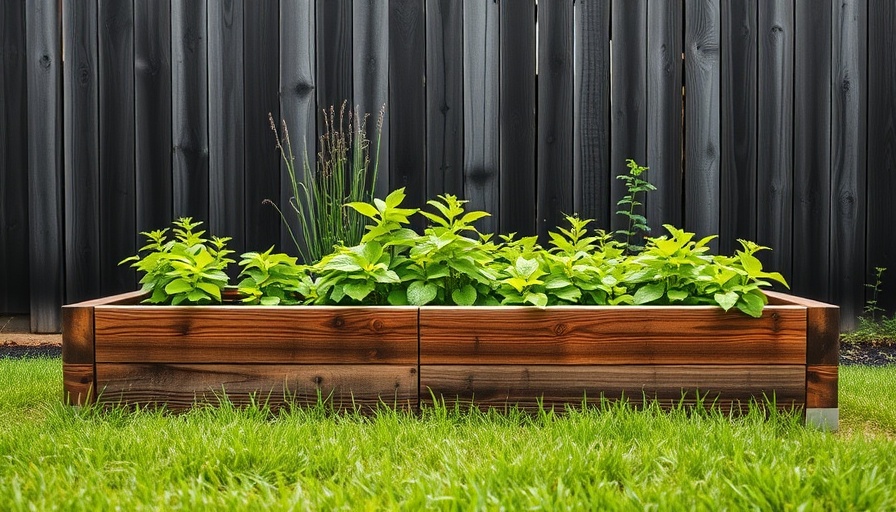
Transform Your Space: Building a DIY Raised Garden Bed
Creating a thriving garden in your backyard is a fulfilling project, especially if you’re constrained by rocky soil or shaded areas. A DIY raised garden bed offers a versatile solution, allowing you to customize your planting space while keeping your back happy. Whether you are a seasoned gardener or just getting your hands dirty for the first time, building a raised garden bed can simplify your gardening experience and enhance the beauty of your outdoor space.
Understanding the Benefits of Raised Garden Beds
Raised garden beds are not just practical; they enrich the entire gardening experience. One of the main advantages is that they can be tailored to your specific needs. Whether you want them closer to the ground for easy access or elevated to save your back, the design can be adapted to fit your gardening preferences. Furthermore, they can greatly improve soil quality. By building your bed with nutrient-rich soil, you can create a mini-ecosystem that promotes healthier plants. Additionally, raised beds typically offer better drainage compared to in-ground options, which is crucial for preventing waterlogging and root rot.
Choosing the Right Design for Your Space
When deciding on a design for your raised garden bed, consider the space you’re working with. If your backyard is small or features numerous trees, a raised garden bed that stands on legs can offer the perfect solution. This model allows gardening without the hassle of bending or kneeling, making it ideal for seniors or those with mobility issues. However, if you prefer to have complex irrigation systems, traditional designs built directly on the ground may be more appropriate.
Options for materials are abundant, from wood and stone to recycled pallets. Cedar wood, known for its rot resistance, is a popular choice. Alternatively, bricks or concrete blocks can provide a stylish and durable option that also helps with weed control. If you want to add a touch of creativity, consider building a garden bed out of old furniture or other reclaimed materials.
Step-by-Step Guide to Building Your Own Raised Garden Bed
Once you've settled on your design, it's time to gather materials and tools. Here's a basic list to get you started:
- (12) 8' cedar 1×4 boards
- (4) 8' cedar 2×4 boards
- 1 roll of 2' wide chicken wire
- 1 roll of landscaping fabric
- Drill
- Staple Gun
- Corner Clamps
- Stain or paint (optional)
Before you jump into construction, remember to weigh the pros and cons of your material choices. While cedar is safe and sustainable, pressure-treated wood has become a popular alternative, though some still have concerns about its potential leaching of chemicals into the soil. Make your selections carefully, keeping the health of your garden as your top priority.
Enhancing Your Gardening Experience
After the construction of your raised garden bed, consider how to enhance your gardening experience. For example, installing a drip irrigation system can save you time and effort, ensuring your plants receive consistent moisture. You may also want to layer your soil to maximize nutrition. Start with a base of larger stones to promote drainage, followed by compost and nutrient-rich soil for optimum growth.
Gardening should be an enjoyable endeavor. Prevent weeds by lining the base of your bed with landscaping fabric or using chicken wire, which can also deter pests. Keep your garden bed organized by planting companion plants—some plants can protect others from pests or enhance growth.
Closing Thoughts: Start Your Gardening Adventure Today!
Building a DIY raised garden bed opens the doors to endless gardening possibilities, transforming your space into a productive oasis. With the right design and ingredients, you can cultivate vibrant flowers or a variety of vegetables tailored to your taste. Garden beauties aren't just for the expert; they are achievable by anyone willing to foster their green thumb.
Ready to embark on your gardening adventure? Gather your materials and start building today! Taking the first step toward creating your garden can be as easy as following the actionable insights shared. You’ll soon find the fruits (and vegetables) of your labor certainly rewarding.
 Add Row
Add Row  Add
Add 



 Add Row
Add Row  Add
Add 


Write A Comment